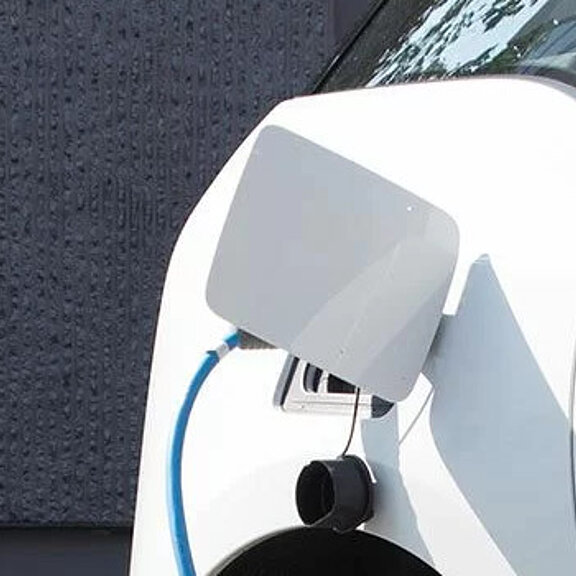

Since AC charging involves charging the electric vehicle at the domestic socket, the charging cable is the only charging infrastructure required. This special charging cable must feature an integrated monitoring system and the vehicle must provide internal charging electronics. Bender offers residual current monitoring sensors to mode 2 charging cable manufacturers for use in IC-CPDs in accordance with IEC 62752.
AC charging stations can often be found at home, in hotels or at the workplace, since AC charging uses conventional single or three-phase low voltage. This means AC charging has the benefit that charging infrastructure required can be kept relatively simple. The monitoring sensors can come in the form of a small PCB with a suitable current transformer or as a slightly larger DIN-rail mounted device. Both solutions ensure that the charging station is continuously monitored for residual currents, and if specified values are exceeded, these are quickly and reliably detected and the charging station is switched off if there is a hazard. Due to the permissible combination of residual current sensors and a type A RCD, no expensive type B RCD is required and the vehicle owner can be informed of any deterioration in the residual current values before the charging process is interrupted. The manufacturer of the charging station or wallbox can thus determine the health of the vehicle and inform the owner. In all cases, Bender fulfils all current standards and the user of the charging station is on the safe side.
DC charging allows vehicles to be charged quickly at significantly higher powers. A DC charging station, also called a quick charging station, is usually set up as an unearthed power supply system, which must be monitored by an IMD as specified by the standards.
The concept of quick charging is ideal for short-term recharging during a break at a motorway service station, for example. With increasing battery capacity, the topic is also becoming interesting in the home sector. This is because some vehicles only offer an AC charger with 3.7 or 7.4 kW for larger batteries, which may not leave the battery fully charged overnight. This means that the need for DC wallboxes is also increasing for private spaces.
In DC charging, a distinction is made between two common charging standards. In addition to the CCS standard (Combined Charging System) used in Europe, the Japanese charging standard CHAdeMO (after "CHArge de MOve") is also used for most vehicles from Asian manufacturers.
Both standards differ in the requirements for monitoring the DC charging process. This concerns both the required disconnection times and the limit values for disconnection in the event of a fault, as well as monitoring for symmetrical or asymmetrical faults. Until now, two different devices were necessary for this purpose.
The new insulation monitoring device ISOMETER® isoCHA425HV in combination with the coupling device AGH420-1 supports both charging standards equally. With this combination unit, Bender has now responded to the demands of the market.
It allows switching online between CCS and CHAdeMO via a galvanically isolated Modbus RTU interface. The individual parameters for the respective standard are already stored and can be selected automatically. The device is designed for nominal voltages of up to 1,000 V and thus already takes into account the increasing battery voltages.
To prevent the insulation monitoring device in the vehicle and the one in the charging station from influencing each other, the device in the vehicle is usually deactivated during the charging process. The insulation monitoring device in the charging station then monitors the complete charging circuit.
| Name | Category | Size | Language | Timestamp | D-/B-Number |
|---|---|---|---|---|---|
| Charging Electric Vehicles - Protection Against Electric Shock by DC Fault Current Sensor Units | Technical article | 931.2 KB | EN | 2019/05/1313.05.2019 | |
| Technical paper Connection of charging stations for electric vehicles | Technical article | 20.0 B | EN | 2023/04/2828.04.2023 |
Products
![[Translate to English:] isoCHA425](/fileadmin/_processed_/8/2/csm_isoCHA425_01_WEB_list_9b01ec0154.jpg)
Insulation monitoring device for unearthed DC systems (IT systems) DC 0 V to 400 V. Suitable for DC charging stations according to CCS or CHAdeMO
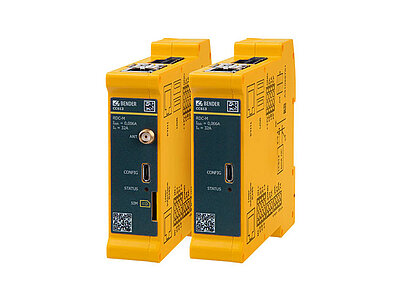
Charge controller in enclosure for DIN rail mounting for classic integration with standard components
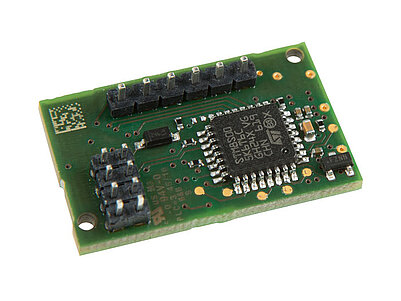
DC sensitive residual current monitoring module for electric vehicle charging systems

DC sensitive residual current monitoring for AC charge stations
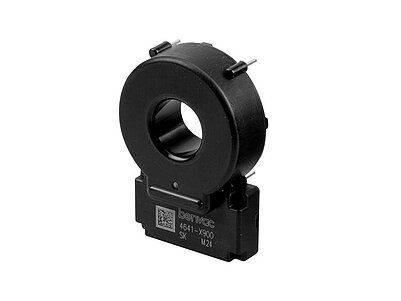
AC/DC sensitive residual current monitoring for AC charge stations
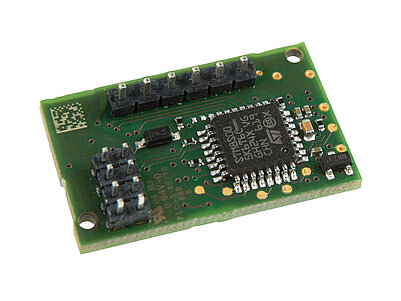
AC/DC sensitive residual current monitoring module for electric vehicle charging systems
![[Translate to English:] isoCHA425](/fileadmin/_processed_/8/2/csm_isoCHA425_01_WEB_list_9b01ec0154.jpg)
Insulation monitoring device for unearthed DC systems (IT systems) DC 0 V to 400 V. Suitable for DC charging stations according to CCS or CHAdeMO

Charge controller in enclosure for DIN rail mounting for classic integration with standard components

DC sensitive residual current monitoring module for electric vehicle charging systems

DC sensitive residual current monitoring for AC charge stations

AC/DC sensitive residual current monitoring for AC charge stations

AC/DC sensitive residual current monitoring module for electric vehicle charging systems
Low-voltage switchgear and controlgear assemblies - Part 7: Assemblies for specific applications such as marinas, camping sites, market squares, electric vehicles charging stations
In-Cable Control and Protection Device for mode 2 charging of electric road vehicles (IC-CPD)
In-Cable Control and Protection Device for mode 2 charging of electric road vehicles (IC-CPD)
